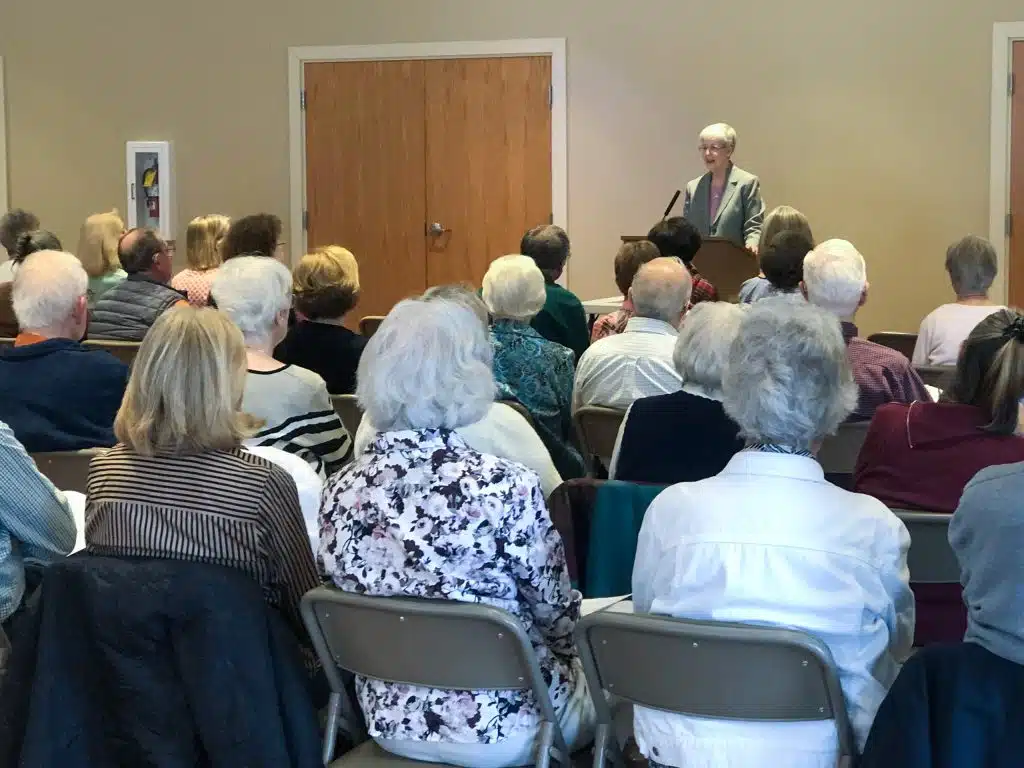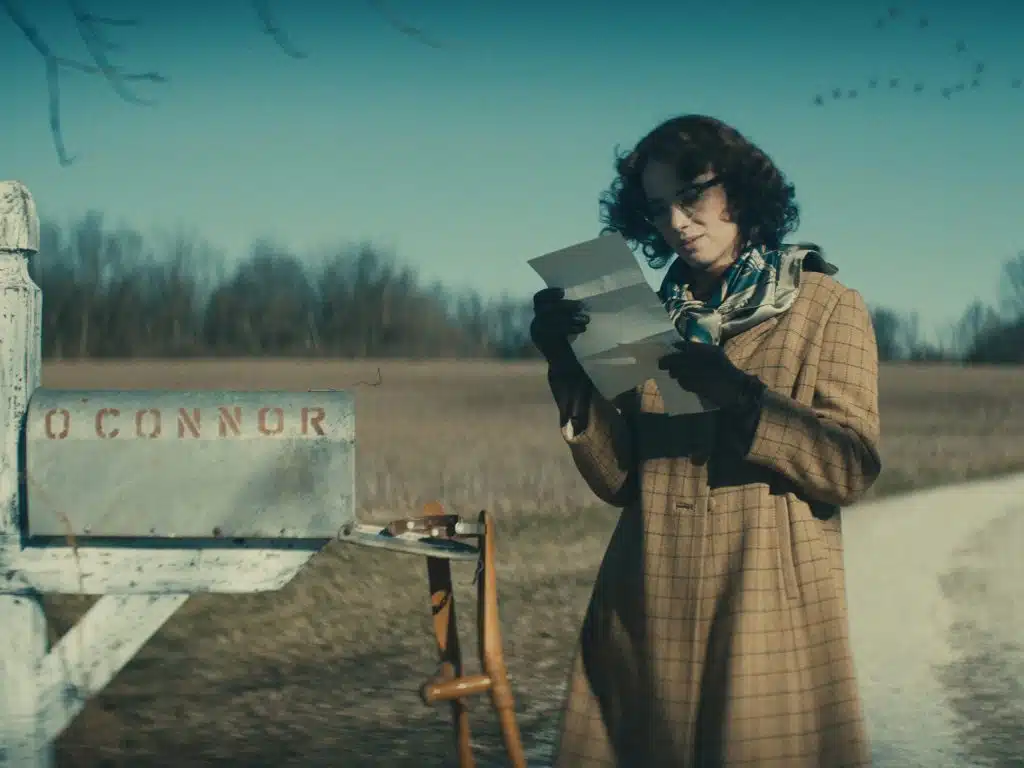The stained-glass windows of the Chartres cathedral near Paris, the golden mosaics adorning the domes of the basilica of St. Mark in Venice, the frescoed majesty of the Sistine Chapel in Rome and the austere Gothic structure of St. Mary Church in Lubeck in the far north of Germany, with its double organs dating to the late Middle Ages: These were the original settings for some of the treasures of liturgical music in honor of the Blessed Virgin Mary.
On June 10, the Professional Resident Choir of St. Catherine of Siena Parish in Great Falls will perform rarely heard examples of this music in a benefit concert for the parish’s unique music program, which keeps alive the musical heritage of the past 600 years in sung Masses throughout the Church year. Entitled “Beata Virgo,” this year’s performance in the church will be selected exclusively from Marian-themed works.
Music director Kimberly Hess said that the spark for this theme came from Mozart’s “Regina Coeli,” which the choir first performed at the Easter Vigil Mass this year. The eight-voice choir has been rehearsing the music throughout Mary’s month of May, and it will present it with string ensemble accompaniment on Corpus Christi Sunday, when the Church honors the body of Christ that Mary brought into the world.
“Queen of heaven, rejoice, alleluia: /For He whom you merited to bear, alleluia, /Has risen, as He said, alleluia. /Pray for us to God, alleluia,” are the translated words of the Latin chant, which originated in the 12th century.
Although there is no evidence that the teenaged Mozart knew Handel’s “Messiah” when he composed this piece, listeners will smile at hearing a threefold “alleluia” in the second phrase that seems magically to echo the famous “Hallelujah Chorus” in that oratorio composed many decades earlier. The repeated “alleluias” punctuate the lyrical flow of the text as if to celebrate Christ bursting from the tomb and the pent-up word of joy that cannot be sung in church during the long Lenten season.
The Marian antiphons
The “Regina Coeli” is one of the four seasonal antiphons of the Blessed Virgin Mary. It is prescribed to be sung or recited in the Liturgy of the Hours after night prayer from Holy Saturday to the Saturday after Pentecost.
The other antiphons are: “Alma Redemptoris Mater” (“Loving Mother of our Savior”), sung from Advent through Feb. 2; “Ave Regina Coelorum” (“Hail Queen of Heaven”), from Feb. 2 (the Presentation of Our Lord) through Good Friday; and “Salve Regina” (“Hail Holy Queen”), sung between Trinity Sunday and Advent.
In the June 10 concert, the St. Catherine choir will sing each of these antiphons in a plainchant setting – a single melodic line with no fixed meter, following the Latin text. Then they will perform a setting of the same words by a famous Renaissance composer.
One is the Flemish-born Josquin des Pres (circa 1455-1521), who spent his career at courts in Italy, including an extensive stay at the pope’s Sistine Chapel (which, few know, was originally dedicated to the Assumption of the Virgin). Musicians universally admire Josquin as the supreme master of polyphony, the texture of more than one independent melody heard at the same time. Palestrina (1526-84), the reformer of Renaissance polyphony, wrote another of the antiphon settings, the Lenten-season “Ave Regina Coelorum.” He emphasized the need for the text to be intelligible, setting the style for polyphony in the Roman Catholic Church for generations to come.
Other highlights of the program include:
– “Beata es Virgo,” by Giovanni Gabrieli (1557-1612), the last of the great Venetian Renaissance composers. Together with his uncle Andrea Gabrieli, he developed the practice of double choirs for the basilica of St. Mark and taught musicians from all over Europe, especially Germany.
– The “Magnificat,” by organ virtuoso Dietrich Buxtehude (1639-1707), a warm, seldom-heard setting of Mary’s canticle, “My Soul Doth Magnify the Lord.” Perhaps the earliest of all Marian hymns, the “Magnificat” was an important part of liturgical music at Advent services. The young Johann Sebastian Bach so revered Buxtehude that he walked 250 miles to study with him in Lubeck.
– “Stabat Mater” (“At the Cross Her Station Keeping”), by Domenico Scarlatti (1685-1757), who is better known for his brilliant keyboard sonatas. The text is a 13th-century Italian poem of the sorrows of the Virgin Mary, often sung for the Stations of the Cross during Lent. Domenico was born in Italy but spent most of his life in the service of the Spanish and Portuguese monarchies.
Hamerman, who teaches art and catechesis at Christendom Graduate School in Alexandria, can be reached at [email protected].


